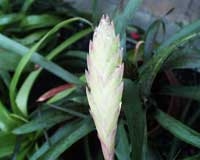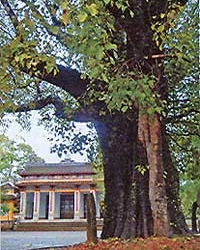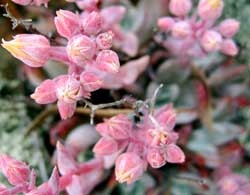This is the first plant that can help detect diamonds.
The natural world always hides fascinating things. As we all know, trees typically grow on soil, sand, or water, but the plant mentioned below thrives in areas rich in diamonds.
A Unique Plant
According to the journal Science, in 2015, during a diamond search, geologist Stephen E. Haggerty from Florida International University discovered a species of plant that only grows in areas containing kimberlite. This volcanic rock is found in the Earth’s crust and is the primary source of diamond extraction today.
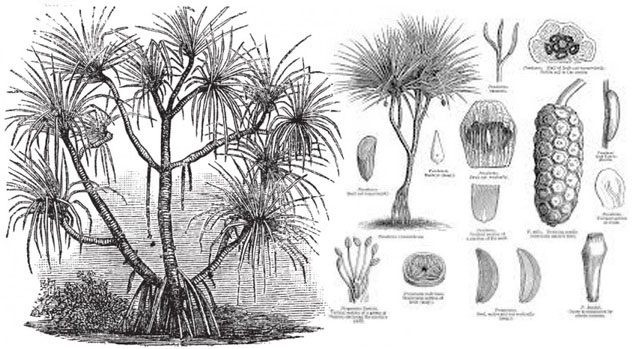
Description image of the Pandanus candelabrum plant. (Photo: Pixta).
He noticed that at the sites where he found diamonds, there was always the presence of a particular plant species. This discovery helped him quickly identify other locations for continued diamond mining. His findings were published in an edition of the journal Economic Geography.
This peculiar plant is the Pandanus palm (scientific name: Pandanus candelabrum), which typically grows in Liberia, West Africa. Pandanus candelabrum is a flowering plant in the screw pine family. It was first scientifically described by P. Beauv. in 1805.
Biological Characteristics
The Pandanus candelabrum has a spiky outer layer and can grow from 1 to 20 meters tall. Its leaves resemble those of palm trees, making it easily distinguishable from other plants in the forest. It typically appears in tropical climates and on various islands in the Atlantic, Indian, and Pacific Oceans.
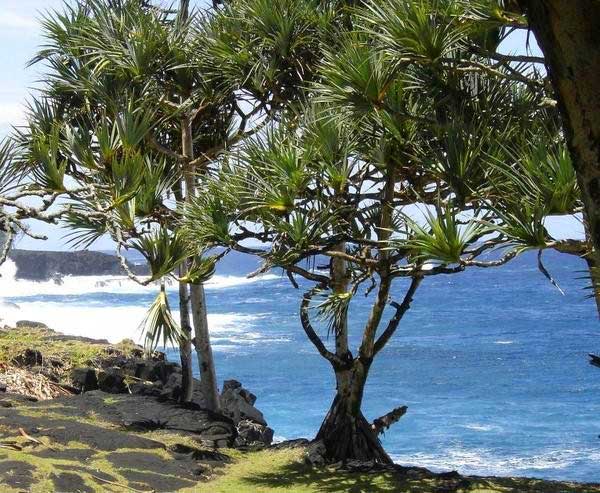
Pandanus palm with palm-like leaves is easily distinguishable from other plants in the forest. (Photo: Shutter Stock)
What is remarkable about Pandanus candelabrum is that it often grows in diamond-rich soil. Beneath each of these special trees is a rich mixture of soil containing various minerals. In addition to the most notable factor—diamonds—the soil where the Pandanus palm can thrive also contains remnants from volcanic eruptions, potassium, magnesium, or phosphorus, which are minerals abundant in kimberlite soil. Furthermore, the “premium” nutrients that not all plant species can absorb fully.
Upon further research, Professor Haggerty stated: “We do not yet know the reason, but Pandanus candelabrum seems to only grow in diamond-rich deposits.” Additionally, the roots of the Pandanus candelabrum are typical of swamp areas, yet in Liberia, they appear typical of kimberlite mining regions.
The Importance of the Discovery
According to Gizmodo, Pandanus candelabrum is the first plant that can aid in diamond discovery. This process is known as geobotanical prospecting. Although the method of searching for mineral signs underground using plants has been utilized for a long time.
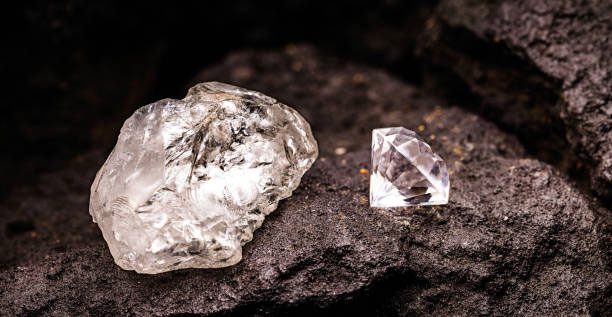
The discovery of the Pandanus palm and its existence can help reduce costs in the diamond ore exploration process. (Photo: Pixabay).
For example, copper can be found thanks to the poppy plant in the United States or the flowering shrub Haumaniastrum katangense in Africa. In Sweden, the alpine bamboo plant has been used since the Middle Ages for copper prospecting. Other plant species have also evolved to survive in areas containing heavy metals and serve as indicators for recognizing these heavy metals such as U, Pb, Zn, Ni, Cr, Ba, Pb, Zn.
The discovery of the Pandanus palm and its existence can help minimize mining costs, and environmental losses during diamond ore exploration can also be reduced, especially in countries in West and South Africa. This discovery not only aids in developing the diamond mining industry but also supports research on the temperature and pressure of the Earth’s crust 150 million years ago, during the formation of the Atlantic Ocean.

Due to its relatively small size, the Pandanus palm is often obscured, causing many difficulties for diamond miners. (Photo: Pixabay)
However, Pandanus palms often grow intermixed with many types of ancient trees in tropical forests. With their relatively small size, Pandanus palms are often obscured, causing numerous challenges for diamond miners.
Pandanus candelabrum is not only a unique plant but also a testament to the wonders of nature. We hope that research on this plant will continue to yield exciting discoveries and help us better understand the planet we live on.








































